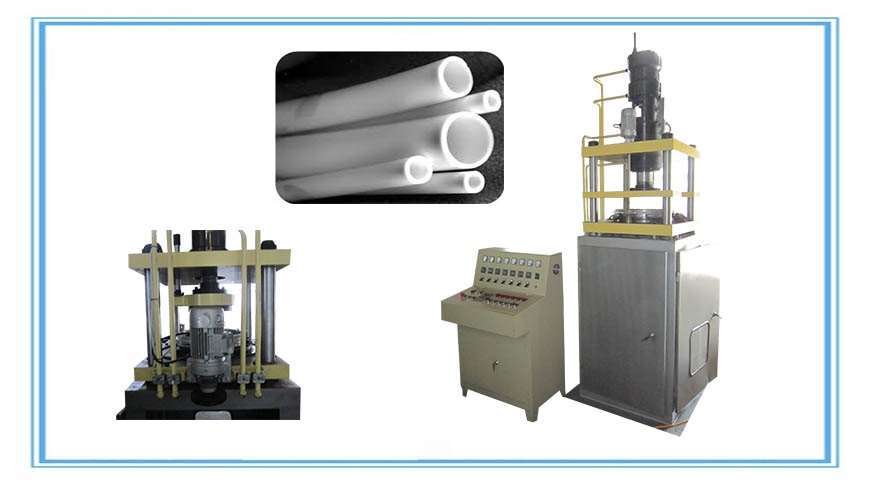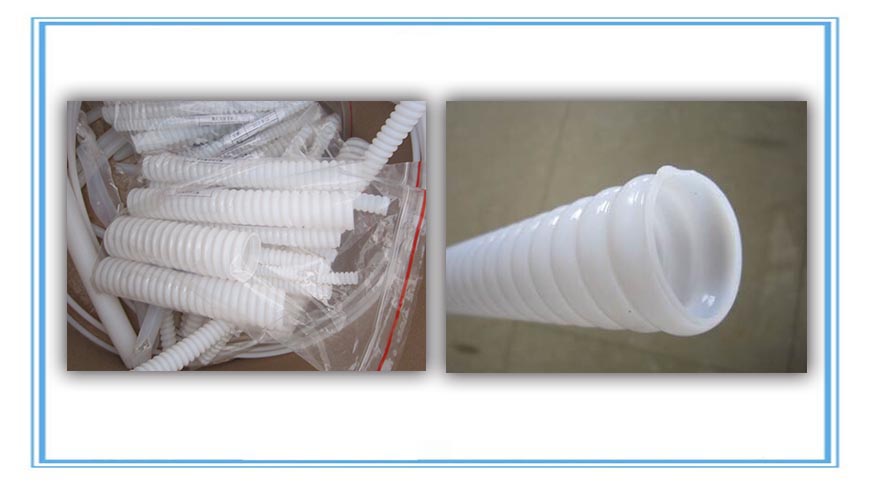Increasing use of thermoplastics in manufacturing took place during the middle of the past century, coming on especially strong during the war years, 1940-45, where many applications substituted the use of plastics for metal. Even in the sixties it was a booming and yet still infant, emerging technology. The 1967 movie, “The Graduate,” starring Dustin Hoffman and Anne Bancroft, made a powerful reference to the promise that plastics held in the American economy when, upon college graduation, the character Benjamin Braddock received a one-word piece of advice from a family friend. “Plastics,” he was told, as if this material was destined to be the next great breakthrough, which it was.
In today’s manufacturing environment, plastics are being used to make everything from automotive body parts to human body parts. Each application requires a special manufacturing process that can mold the part based on specifications. In a previous article on our blog, we break down the various types of plastic molding and their advantages.
Plastic injection molding is a process of forming this durable, resinous material into just about any form or fashion imaginable. The first injection molding machine was invented and patented by brothers John and Isaiah Hyatt in 1872. It resembled a large hypodermic needle, with a heated cylinder through which a large plunger forced the gooey mass into a mold. Today the process is more complicated, although the basic principle of plastic being injected into a waiting mold is still the same. One of the biggest advancements has come by way of the materials used, and there are now thousands of different formulations available for making ‘plastic.’
The first plastic injection molding process was used to produce hair combs, buttons and collar stays. Starting in the 1940s, when high demand existed for mass-produced products that were inexpensive to manufacture, the industry expanded exponentially. In 1946, at war’s end, came the invention of the first screw-type injection machine, which provided for more precise control of a consistent shot, thereby improving the quality of the products being made. Molds were being made for any variety of applications and what was once used to make buttons and combs was now being employed to produce a wide range of items for many industries, including:
Aerospace; Automotive; Consumer products;Construction;Medical;Packaging;Plumbing;Toys;
Raw materials used in the plastic injection molding process include thermoplastics, thermosets and elastomers. Also called polymers or resins, there are more than 20,000 unique formulations that can be injected into molds to produce parts with specific properties to be utilized for specific purposes. Examples of common thermosetting plastics include polymers such as epoxy and phenolic. Common thermoplastics are nylon, polyethylene and polystyrene.
Injection molding machines are fairly simple and straightforward, consisting of a hopper where raw material is placed, a heating cylinder and an injection plunger. Molds are typically made from steel or aluminum. Major advantages to using plastic injection molding for the manufacture of parts include:
Ability to complete high production rates; Repeatability of high tolerances; Low labor costs; Minimal scrap loss; Little need for finishing; Wide range of materials available for specific applications
Whether it’s a snowboard or a vinyl window being produced, injection molding is efficient and economical, especially if large numbers of items are being made. The only real disadvantage is initial start-up costs incidental to obtaining the necessary equipment and the time, expertise and resources required for mold design.
Injection molding is the most common plastic molding process and is used to create a huge variety of complex parts of different size and shape. Products can be produced of a highly complex geometry that other processes are unable to duplicate, and at a fraction of the cost. When one stops to think about the role plastics play in our everyday lives, it’s difficult to imagine a life without this ubiquitous substance. Plastics are now available that are actually stronger than steel, more durable than almost any substance on earth and relatively inexpensive to produce and reproduce a million times over and again.





You completed a number of good points there. I did a search on the matter and found most people will go along with with your blog.